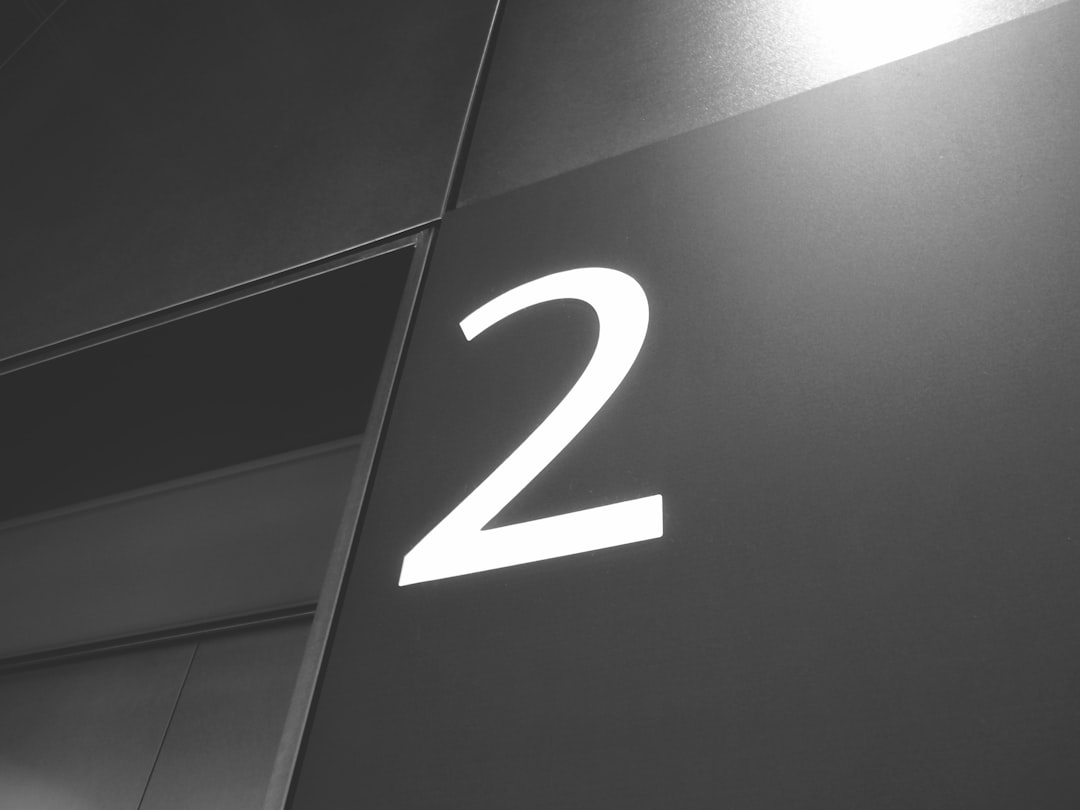What is it about?
Does the history of our languages match the history of our genes? Charles Darwin thought yes, others said no. More than 7000 languages are spoken in the world. This linguistic diversity is transmitted from one generation to the other, as we learn the language of our parents. The transmission of languages can be compared to the transmission of biological traits and genes, suggesting similar evolutionary paths. But languages can be learned not only from the parents, but also from other groups and peers. Are languages and genes tied together in human history? With a global database linking linguistic and genetic data we found a large number of matches but also widespread and systematic mismatches, in around 20% of the cases.
Featured Image

Photo by Amador Loureiro on Unsplash
Why is it important?
The identification of mismatches is key to understanding human evolution. Genetics can help to reconstruct human demography and trajectories, which can be confronted with the evolution of other cultural traits.
Perspectives
The availability of genetic data is biased towards western countries. It is important to include genetic and linguistic data from populations all over the world to understand language evolution.
Chiara Barbieri
University of Zurich
Read the Original
This page is a summary of: A global analysis of matches and mismatches between human genetic and linguistic histories, Proceedings of the National Academy of Sciences, November 2022, Proceedings of the National Academy of Sciences,
DOI: 10.1073/pnas.2122084119.
You can read the full text:
Resources
Contributors
The following have contributed to this page










